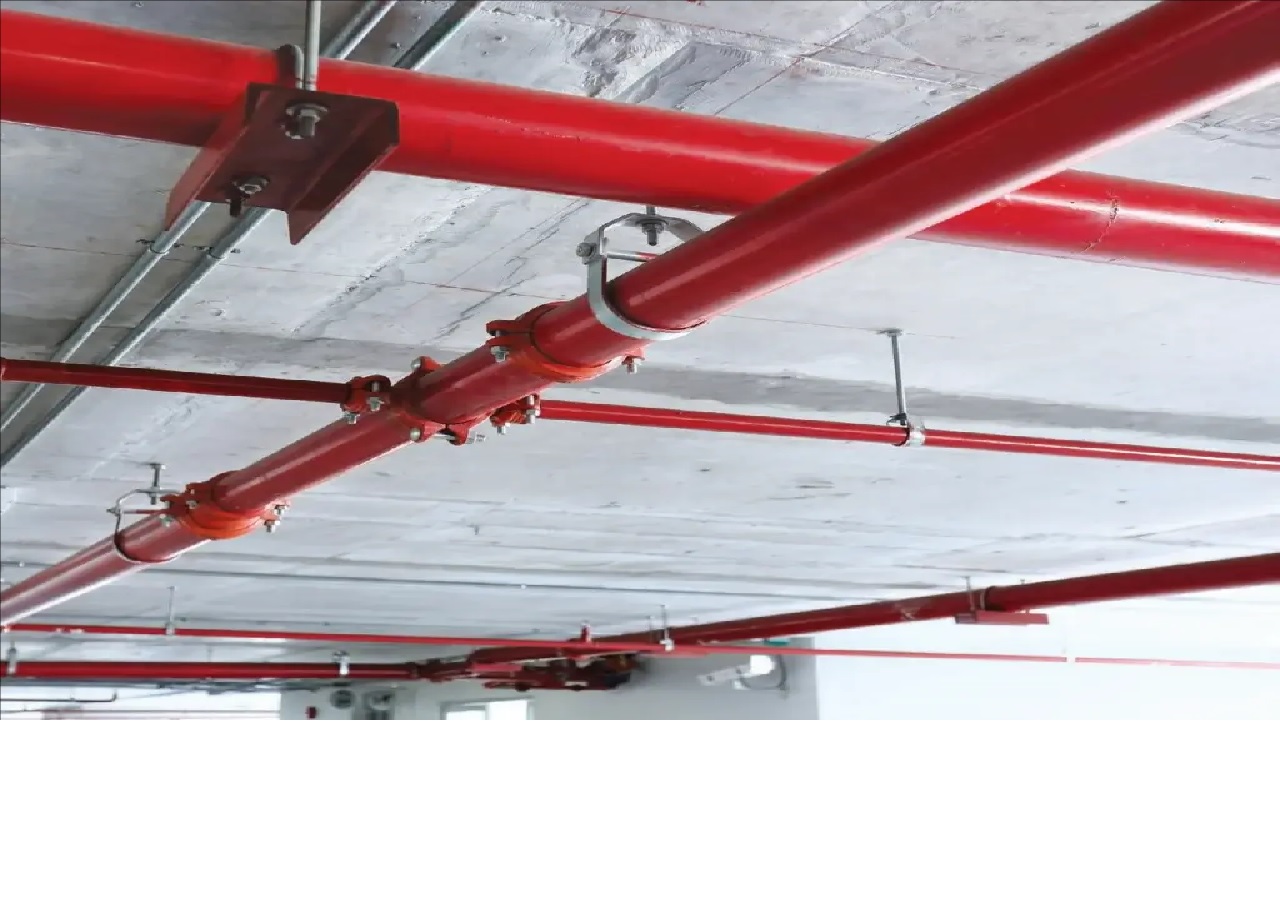The elements of an efficient sprinkler system include pressure, flow and pipe diameter in deciding the components of the design. Pipe diameter is also important in determining how well the sprinkler system will work and how much pressure and water will be supplied to the various parts of the landscape. Why pipe size is important must be understood when it comes to both residential and commercial applications, as the correct pipe size can enhance the performance of the system, minimize costs, and extend the life of the system. For instance, the use of 1 inch sprinkler pipe fittings during the initial phases of design will determine the entire layout.
Flow Rate and Pressure
The first reason that pipe size is important is that it determines the flow rate and water pressure within the Tuspipe system. Water must be supplied at the right pressure so that each of the sprinkler heads will function as required. If the pipe diameter is reduced such that the flow rate is less than the one eyed for with the pipe, then pressure will drop hence poor performance. In the same way, if the pipe is too large, though it may make a lot of sense, it ends up being more expensive as well as wasteful of water. The aim is to achieve an equilibrium between the flow rate and the pipe diameter to achieve efficient distribution of water throughout the landscape.
Pipe Friction and Resistance
The more water flows through a pipe, the more friction is experienced, thus leading to an overall reduction of pressure with distance. The smaller the pipe diameter, the higher the friction, and consequently, pressure is lost along the pipe length. They lead to the reduction in the amount of water supplied to the sprinkler heads particularly with those located farther from the supply line. The thinking behind it is that larger pipes have smaller frictional losses, meaning more pressure can be maintained, and the water gets to where it needs to be. That is why pipe size selection is critical in the case of long pipe run requirements. Choosing the right size also ensures that water pressure is maintained all through the system and not a weak water flow to the distant places.
System Efficiency and Uniformity
In the Tuspipe sprinkler system design, equal distribution of water is very important to have a well-irrigated landscape. One last problem, if the pipe size is insufficient to handle the flow rate necessary, specific sprinkler heads may not receive the necessary amount of water that they need to function efficiently. It can cause erratic watering, and some parts of the lawn end up getting too much water while others get very little or no water at all. Through proper selection of the pipe diameter, the system can deliver water at a constant rate to achieve an equal distribution across the landscape. A well-designed system minimizes wastage of water and ensures the plants receive the right amount of water, hence no constant changes and fixing.
Cost Considerations
A larger pipe is always preferable, but this is not the case because larger pipes are more expensive to install initially. Pipes with a larger diameter need more material, with cost implications being felt at the beginning of the sprinkler system. Also, they may lead to higher labor costs because more energy is needed to fix and cement bigger pipes. In the same vein, if a pipe is chosen that is too small, a problem can be developed regarding the pressure and water delivery, and this may need some expensive corrections in the future. The size of the pipes also has to be taken into account with the overall budget in mind and the long-term advantages and possible cost-savings of a correctly sized system.
Local Ordinances and Water Supply
In some areas, there are local ordinances that specify the pipe size for sprinkler systems depending on the water supply system, the flow rate available from the municipal water supply, and the environment. When selecting the design for the sprinkler system, one must consult the authorities in the area to confirm the local code. For instance, those regions that may have a recurrent problem of water rationing may have their laws preventing water usage or cracking down on pipe diameters with the objective of enhancing the efficiency with which irrigation may be executed. Considering these aspects will ensure that no time is wasted or that changes have to be made once the installation process is ongoing.
Conclusion
Pipe size is one of the most critical factors that affect the effectiveness of a Tuspipe sprinkler system. It influences distribution pressure, distribution flow rate, distribution uniformity, and general system durability. This means that property owners can avoid the use of the wrong pipe size that hampers the efficiency of irrigation systems, wastage of money, and causes frequent maintenance. When choosing pipes for a residential lawn sprinkler system or a big commercial irrigation system, it is very important to understand issues of friction, pressure loss, and permitting regulatory requirements. Smaller decisions like choosing between 1-inch sprinkler pipe fittings at the design stage were therefore very crucial as, in this case, they influenced the success of the system.
